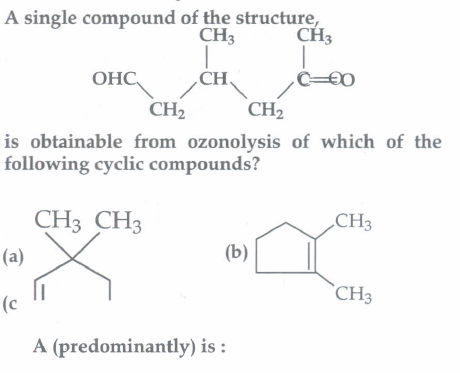NEET Biology - New
NEET Chemistry - New 30 chapters 7364 Questions
- Some Basic Concepts of Chemistry
200 Question - Structure of Atom and Nuclear Chemistry
487 Question - Classification of Elements and Periodicity in Properties
370 Question - Chemical Bonding and Molecular Structure
420 Question - States of Matter: Gases and Liquids
427 Question - Thermodynamics
264 Question - Equilibrium
283 Question - Redox Reactions
280 Question - Hydrogen
157 Question - s-Block Elements (Alkali and Alkaline Earth Metals)
218 Question - Some p-Block Elements Principles and Process
338 Question - Hydrocarbons
192 Question - Environmental Chemistry
96 Question - Solid State
254 Question - Solutions
258 Question - Electrochemistry
217 Question - Chemical Kinetics
214 Question - Surface Chemistry
173 Question - General Principles and Processes of Isolation of Elements
167 Question - p-Block Elements
451 Question - d and f-Block Elements
252 Question - Coordination Compounds
228 Question - Haloalkanes and Haloarenes
223 Question - Alcohols, Phenols and Ethers
181 Question - Aldehydes, Ketones and Carboxylic Acids
201 Question - Organic Compounds Containing Nitrogen
64 Question - Biomolecules
230 Question - Polymers
130 Question - Chemistry in Everyday Life
124 Question - Organic Chemistry Some Basic Principles and Techniques
265 Question


